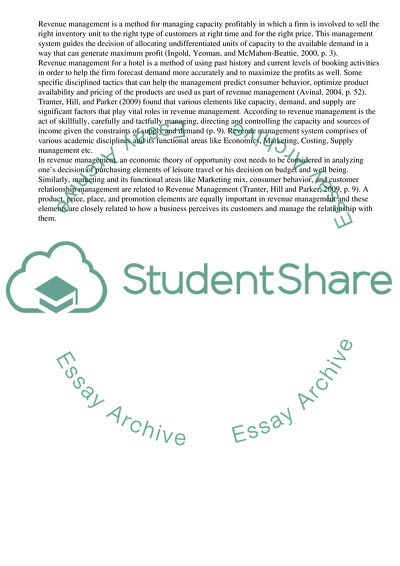Cite this document
(The Concepts of Revenue Management Research Paper, n.d.)
The Concepts of Revenue Management Research Paper. Retrieved from https://studentshare.org/management/1737647-best-practices-in-revenue-management-focused-customer-relationship-management
The Concepts of Revenue Management Research Paper. Retrieved from https://studentshare.org/management/1737647-best-practices-in-revenue-management-focused-customer-relationship-management
(The Concepts of Revenue Management Research Paper)
The Concepts of Revenue Management Research Paper. https://studentshare.org/management/1737647-best-practices-in-revenue-management-focused-customer-relationship-management.
The Concepts of Revenue Management Research Paper. https://studentshare.org/management/1737647-best-practices-in-revenue-management-focused-customer-relationship-management.
“The Concepts of Revenue Management Research Paper”, n.d. https://studentshare.org/management/1737647-best-practices-in-revenue-management-focused-customer-relationship-management.


